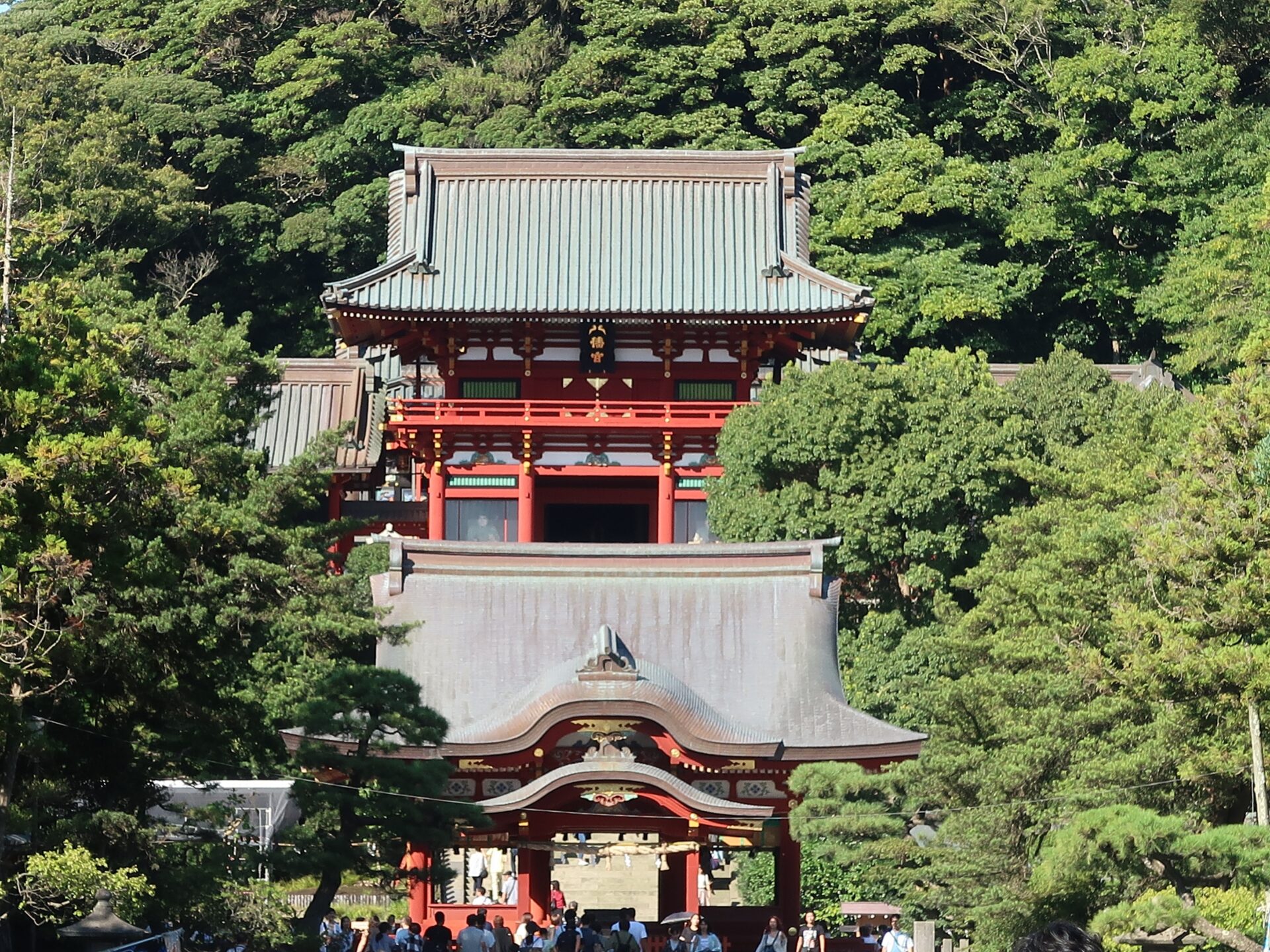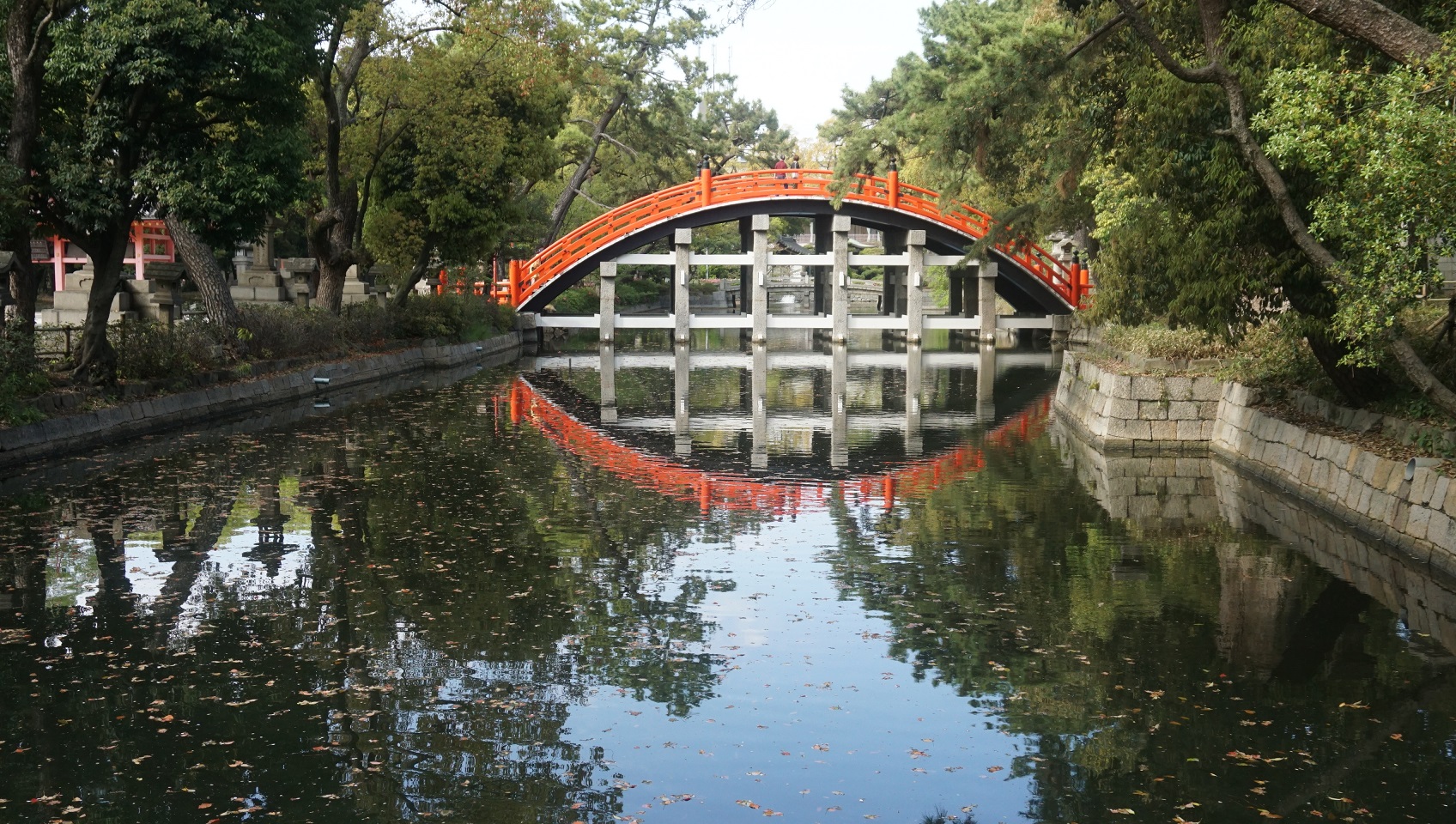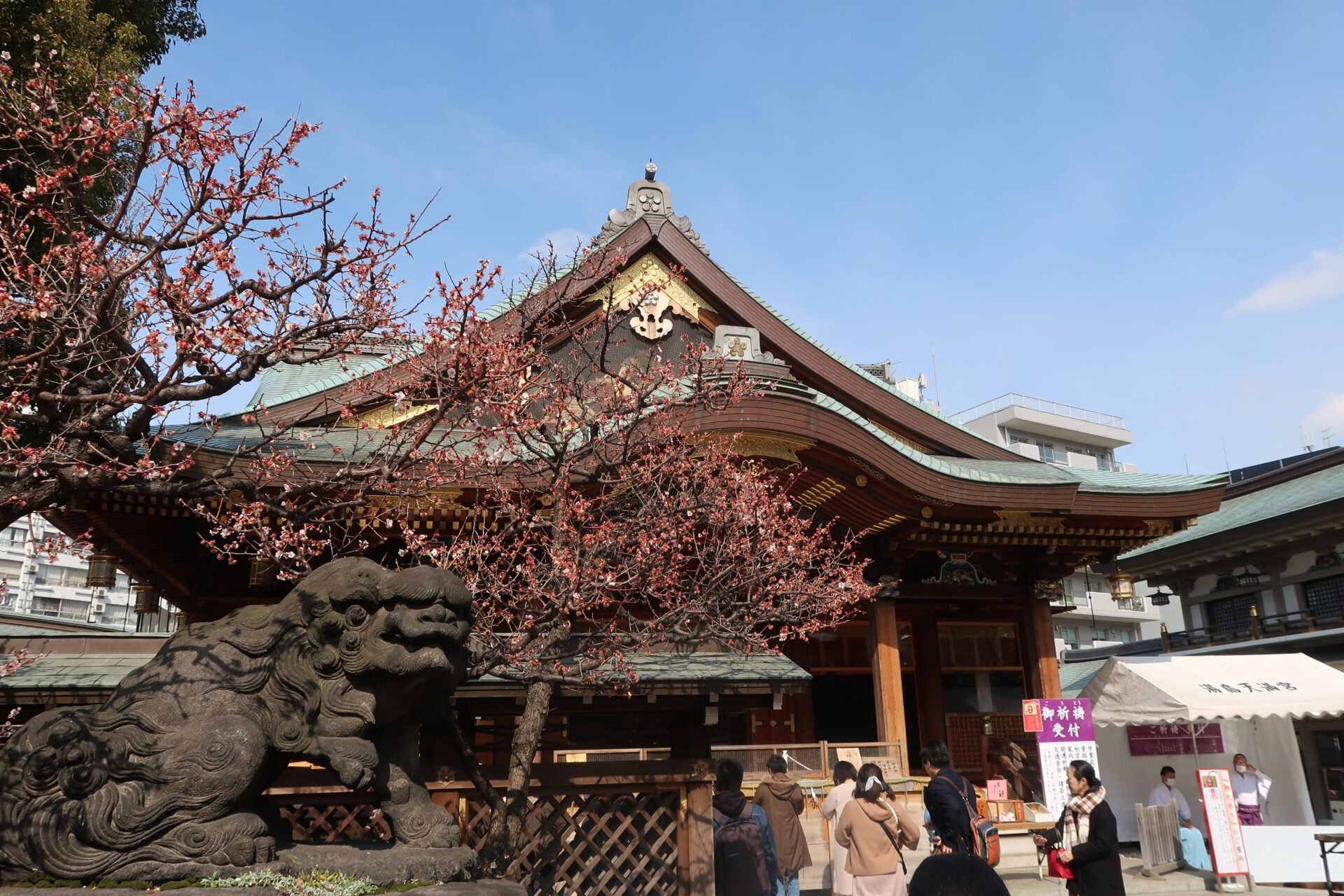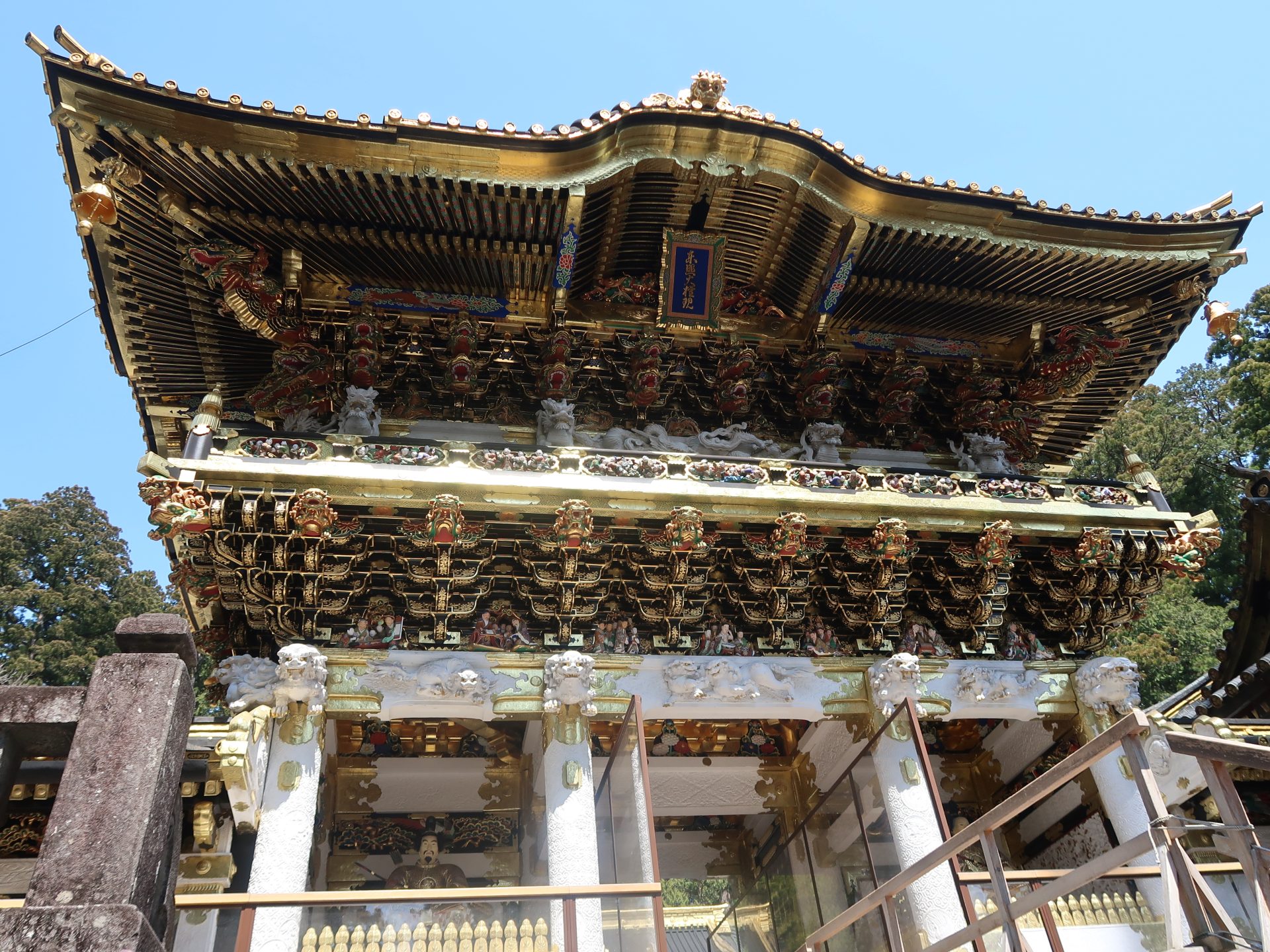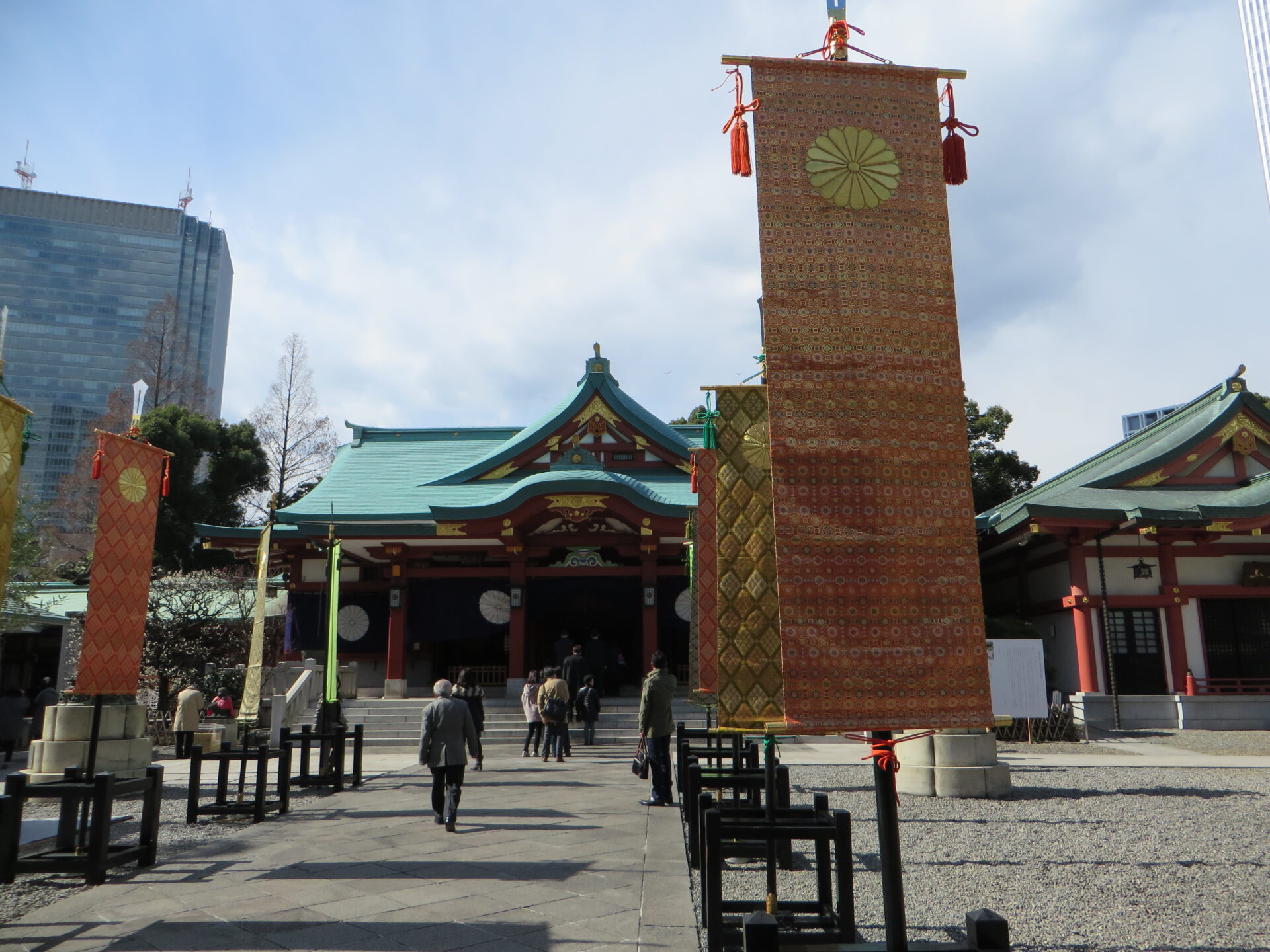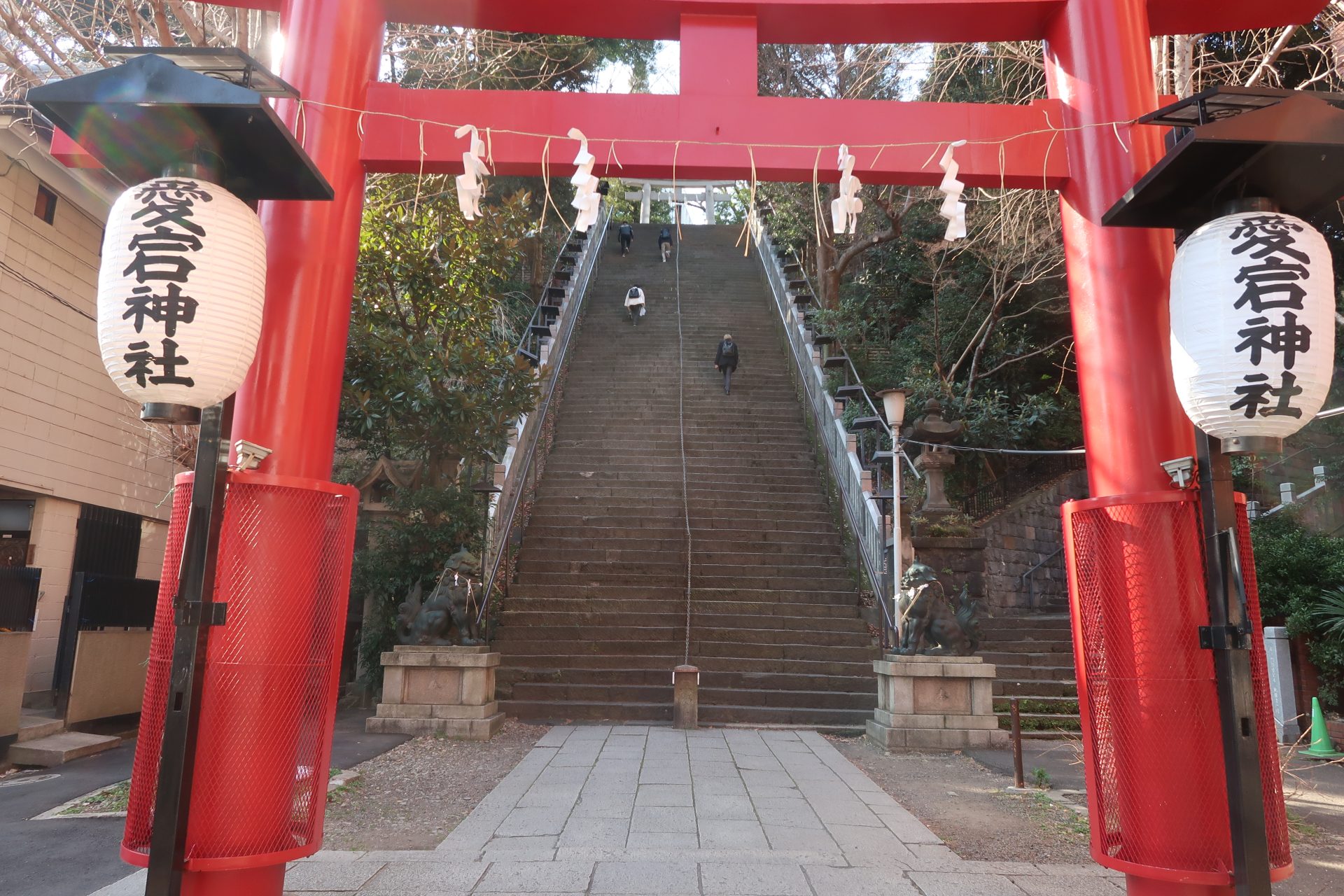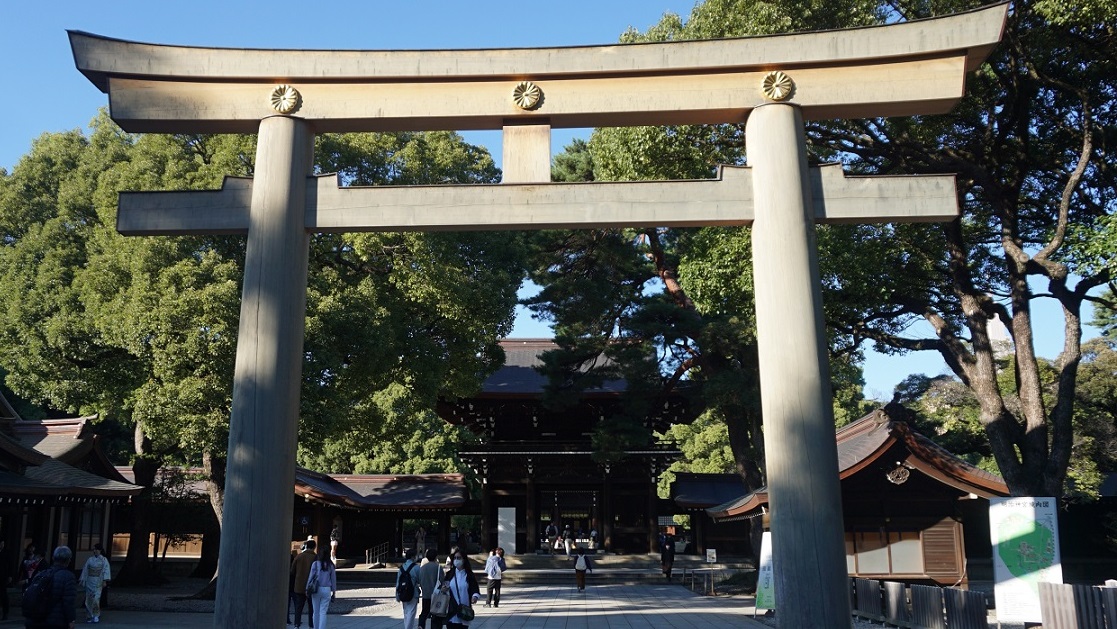Tsurugaoka Hachimangu
Overview:In the late 11th century, Minamoto no Yoriyoshi established the shrine as the guardian deity of the Minamoto clan by inviting Iwashimizu Hachimangu Shrine in Kyoto. It attracted the faith of Minamoto no Yoritomo, the first
Name: Tsurugaoka Hachimangu
Address: 2 Chome-1-31 Yukinoshita, Kamakura, Kanagawa 248-8588
Established: 1063
Founder: Minaamoto no Yoriyoshi
Enshrined: Emperor Ōjin (Hachiman), Empress Jin, Hime-gami.
Festival: Setsubun Festival: February 3rd Minamoto no Yoritomo’s Grave Ceremony: April 13th Yabusame Ritual (archery from horseback),: September 16th
Official website: https://www.hachimangu.or.jp/en/
Wikipedia: https://en.wikipedia.org/wiki/Tsurugaoka_Hachimang%C5%AB

